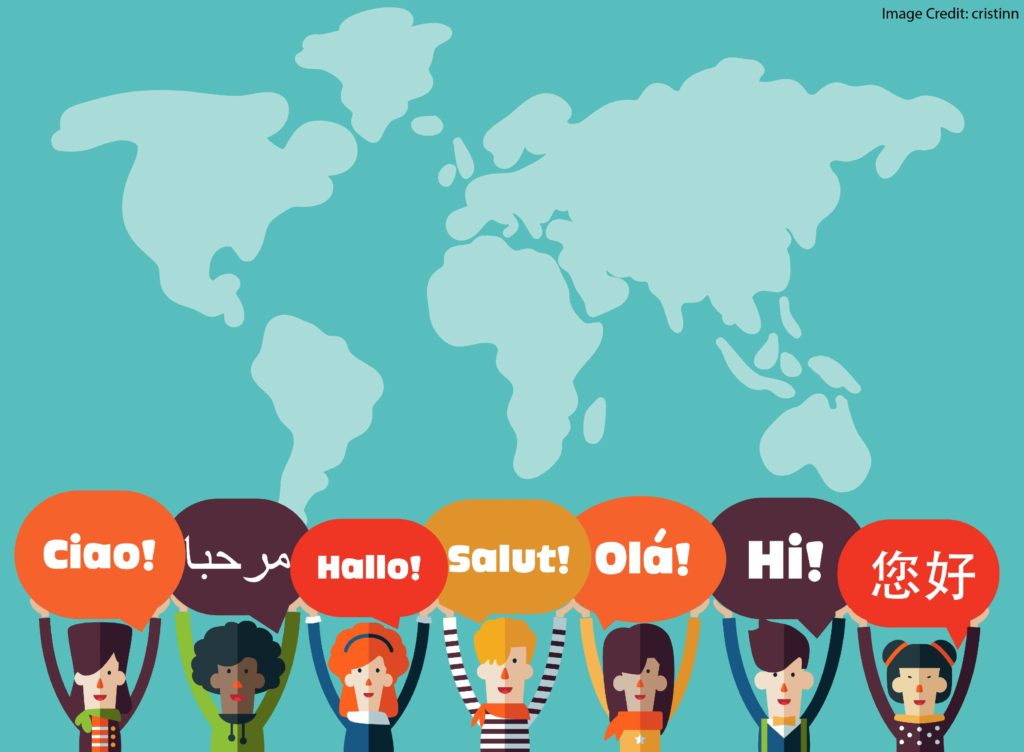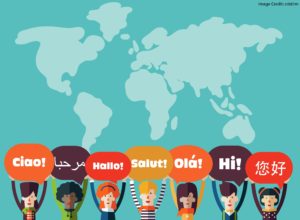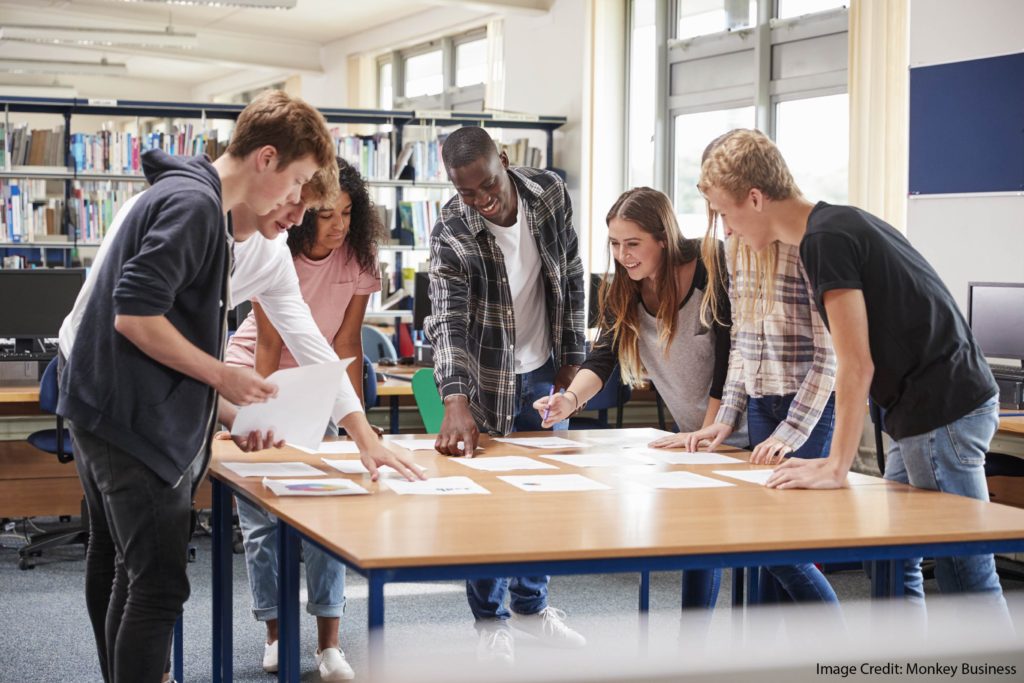Should teachers ask students to work on projects in teams?
This question generates a great deal of heat.
Many education thinkers advocate for the benefits of teamwork. Others insist that learning happens one brain at a time, and so should not be cluttered with interference from other brains.
Working Memory: Blesses and Curses
Working memory allows humans to hold and reorganize facts and ideas in temporary mental storage.
When you do a word problem, you must decide which parts should be translated into an equation. (Those decisions take WM.) You have to recall the appropriate equation to use. (Ditto.) And, you must plug the correct data into the correct formula before you can arrive at an answer. (Re-ditto.)
Composing a new sentence in a foreign language? Lots of working memory demands.
Comparing Paul Lawrence Dunbar’s poetry with that of Countee Cullen? Yup.
Learning how to tell time? Once again – lots of working memory involved.
In other words, WM allows students to do practically everything that we want them to do in school.
And yet, this working memory blessing co-exists with a powerful curse: we just don’t have very much of it.
You probably can alphabetize five days of the work week. You probably can’t alphabetize 10 months of the year. The first task lies within WM limits; alas, the second goes way beyond them.
Collaboration’s WM Dangers
In a recent article, Paul Kirschner and others consider the WM benefits and perils of group work.
(These scholars, especially John Sweller, have elaborated “cognitive load theory” to explain the relationship between long-term memory, WM, and the external world of perception and experience. See here for a review.)
One important peril: the working memory demands created by collaboration. When students work together, they have to negotiate roles. They must create joint mental models. They have to schedule and prioritize and debate.
All these “musts” take up precious working memory space. The result might be that students get better at negotiating, modeling, and prioritizing. But, the WM devoted to those task might make it harder for them to learn the content at the heart of the project.
Of course: you might reasonably want your students to focus on the social-emotional skills. But, if you wanted them to focus on Shakespeare or Boyle’s law, then the project might not produce the results you hoped for.
Collaboration’s WM Benefits
At the same time, Kirschner & Co. also see working memory upsides to collaboration.
A particular cognitive task might include quite stiff WM demands. If the group includes members with the right kinds of background knowledge, then the WM chores can be divided up and managed more effectively.
Student A carries this part of the WM load.
Student B carries that part.
Student C takes care of the tricky last bit.
In this way, the WM whole can be greater than the sum of the parts.
In other words: if teachers can organize group projects so that a) the WM difficulties of collaboration remain low, and b) the benefits of sharing WM burdens remain high, then such collaboration truly help students learn.
Putting It Together
Kirschner’s article concludes with a list of key variables for teachers to track: task complexity, domain expertise, team size, and so forth.
Be aware that cognitive load theory gets a little jargony, and you’ll need some time to learn the lingo before the article makes sense.
However, if you can devote that time, I think you’ll benefit from its practical suggestions, and helpful frameworks for planning students’ collaborative learning.









